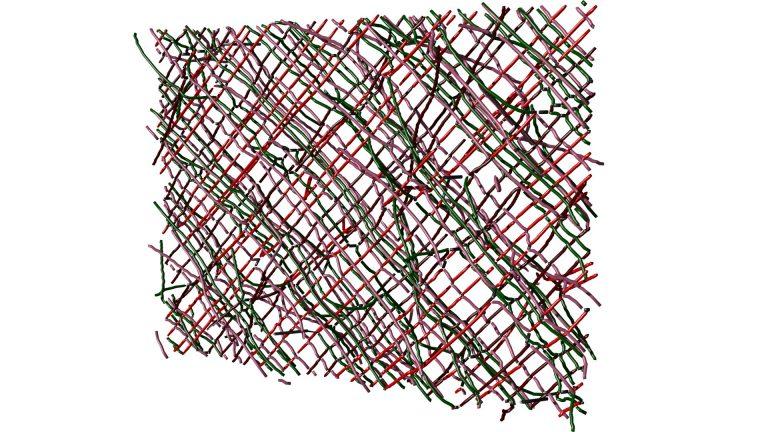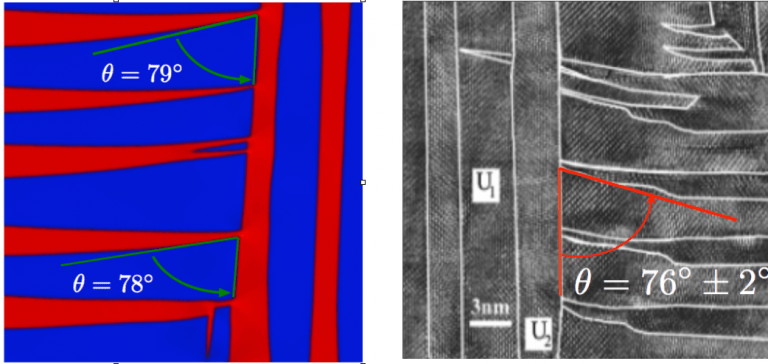Microstructure : stability, morphology and plasticity
The research theme "microstructure" aims to understand the evolution of microstructures and their influence on physical properties at macroscopic scale, in the field of structural or functional metallic materials.
Many physical phenomena in materials science are inherently multi-physical and multi-scale, making macroscopic properties modelling extremely complex. For example, the macroscopic behaviour of metal alloys is controlled by the presence of different types of precipitates and by the nucleation, multiplication and propagation of defects such as dislocations, micro-cracks, micro-cavities... The global modelling of all these phenomena at the finest scale is currently out of reach and above all unsuited to a good understanding of the macroscopic behaviour of materials. One possible solution to this problem is to develop mesoscopic models that operate at time and space scales between the atomic and macroscopic scales. For several years, LEM has been involved in the development of mesoscopic approaches in the field of structural or functional metallic materials. The ultimate goal is to understand and predict the microstructures developed by these materials and their role in macroscopic behaviour. Several mesoscopic models are thus implemented in our laboratory:
- In the field of plasticity, we are developing a dislocation dynamics (DD) code, which is an essential tool to establish a link between the atomic scale and the macroscopic scale of the mechanics of continuous media.

- In the field of multiphase alloys, we are developing the phase field (PF) method, which allows us to take into account, on a continuous scale, multiphase microstructures resulting from phase transitions, by studying their evolution under the influence of different constraints (e.g. temperature, mechanics, etc.).

Phase Field modelling vs experiment Ni65Al35 shape memory alloys
- Finally, our theoretical and experimental studies seek to establish the link between an atomic scale description and some macroscopic properties (phase diagrams, optical properties, etc.).


